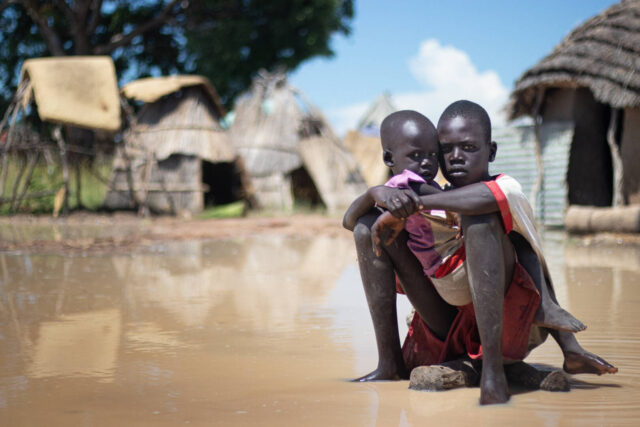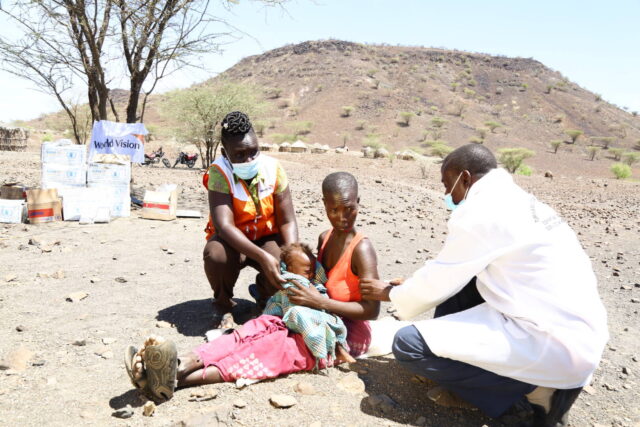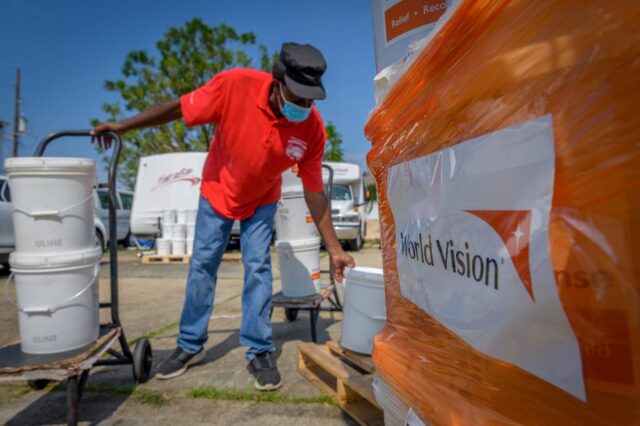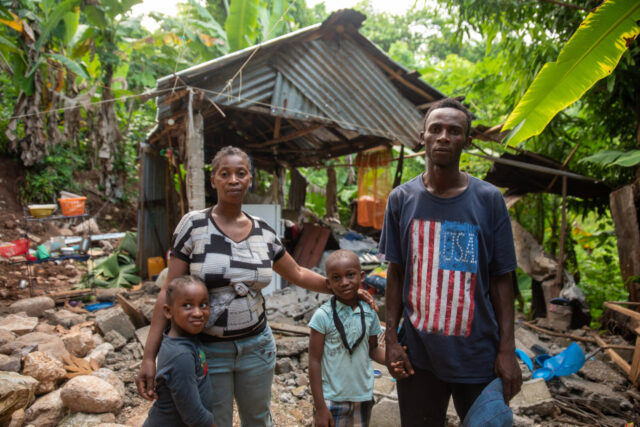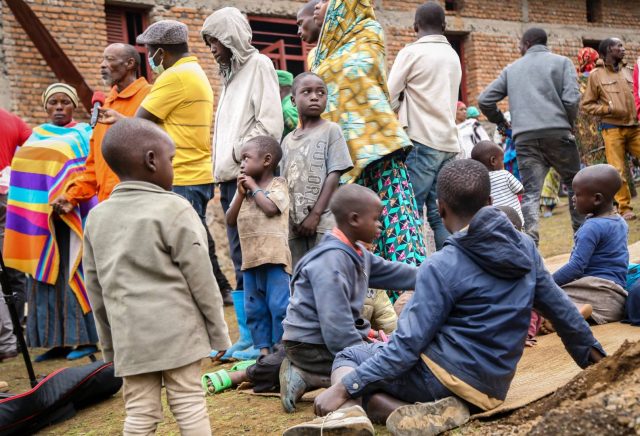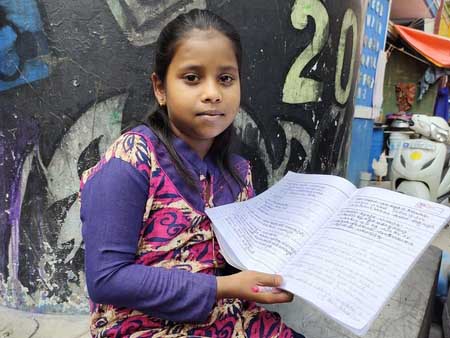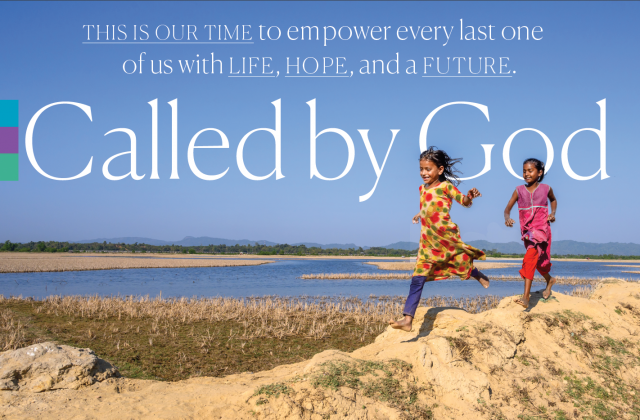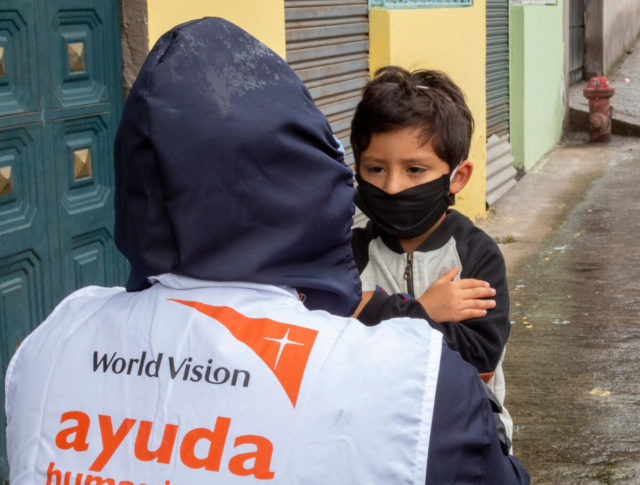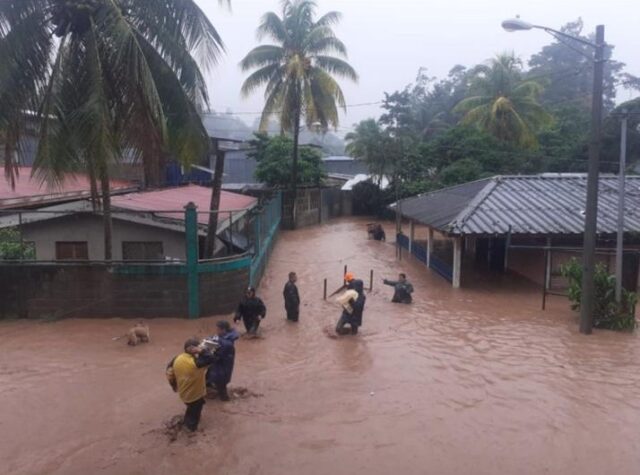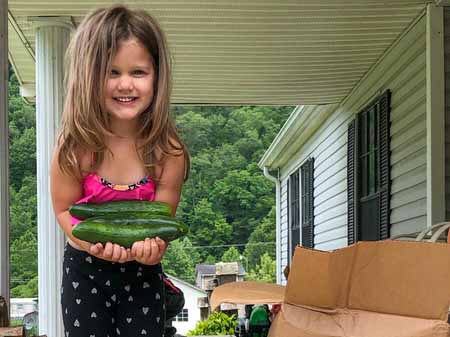In 2021, World Vision responded to 72 disasters in 52 countries, helping more than 30.1 million people in crisis — in addition to our ongoing global response to the COVID-19 pandemic. Learn more about some of the worst disasters of 2021.
News & Stories
Disaster Relief
Racing against the spread of hunger in East Africa
By air, land, and sea, World Vision is racing to deliver emergency food supplies across East Africa for families in need.
Hurricane Ida: Through the lens
World Vision partners with local churches when responding to natural disasters like Hurricane Ida to ensure that supplies reach the most vulnerable.
After Haiti earthquake, mourning with Marceline
On August 14, 2021, Haiti was rattled by a magnitude 7.2 earthquake that ravaged the island’s southern peninsula. The shockwaves spread panic across the island, brought death and desolation to thousands of families, overwhelmed hospitals, flattened buildings, and trapped people under rubble in at least two cities. Read firsthand accounts from a World Vision communications officer and survivors.
Democratic Republic of the Congo volcano: Facts and how to help
The threat of another volcanic eruption of Mount Nyiragongo, one of the world’s most active and dangerous volcanoes, is forcing tens of thousands of people to flee from Goma in the eastern DRC. Learn what World Vision is doing to help people affected by the volcano.
A girl’s unsaid goodbye as her father dies of COVID-19
As India struggles with the COVID-19 pandemic, a young girl lost her father but wasn’t able to say goodbye. World Vision is raising funds to scale up our support for hospitals and community centers, including providing oxygen concentrators to help with the shortage.
Called by God: The Every Last One campaign
In late 2015, World Vision launched Every Last One (ELO) — a $1 billion capital campaign over eight years to make life, hope, and a future possible for 60 million people. Explore the work that has already been done, and help us make an even bigger impact faster.
How to talk to kids about the coronavirus pandemic
The COVID-19 pandemic has taken over the news, social media feeds, and conversations for over a year now, which can be troubling for empathetic adults and scary for children. Learn how to talk about the coronavirus with kids.
2020 Hurricane Iota: Facts, FAQs, and how to help
Learn the facts about Hurricane Iota, which made landfall in Central America as a Category 4 storm, and join us in prayer for people affected.
Fresh food helps West Virginia family feed children during pandemic
During the COVID-19 pandemic, a West Virginia family received the blessing of a Fresh Food Box from World Vision and Mountain Heart Community Services. The family has struggled since losing income during the pandemic.
